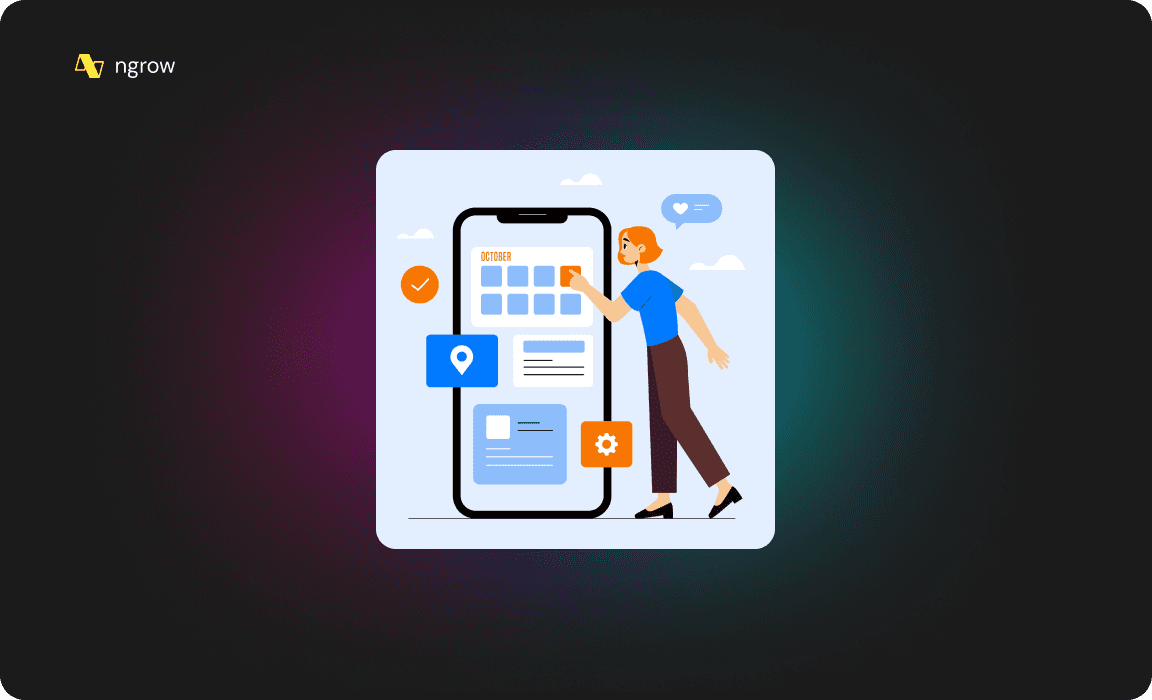2
min to read
Mar 29, 2024

Push notifications are a powerful tool for engaging users and driving conversions in e-commerce. However, measuring the success of push notification campaigns goes beyond simply tracking clicks. To truly understand the impact of push notifications on user engagement and conversions, businesses must delve into push notification analytics and measure key metrics beyond clicks. In this article, we will explore the importance of push notification analytics and delve into effective strategies for measuring true user engagement.
The Importance of Push Notification Analytics
Push notification analytics provide valuable insights into user behavior and engagement. By tracking key metrics, businesses can gain a better understanding of the effectiveness of their push notification campaigns and make data-driven decisions to improve their strategies. Key metrics to track include:
Delivery Rates: Delivery rates measure the percentage of push notifications that are successfully delivered to users. Low delivery rates can indicate issues with the push notification service or user opt-out rates.
Click-Through Rates: Click-through rates measure the percentage of users who click on a push notification. High click-through rates indicate that the push notification is relevant and engaging to users.
Conversion Rates: Conversion rates measure the percentage of users who complete a desired action after clicking on a push notification. High conversion rates indicate that the push notification is effective in driving user engagement and conversions.
Retention Rates: Retention rates measure the percentage of users who continue to engage with the app or website after receiving a push notification. High retention rates indicate that the push notification is effective in building user loyalty and retention.
Bounce Rates: Bounce rates measure the percentage of users who leave the app or website after clicking on a push notification. High bounce rates indicate that the push notification may not be relevant or engaging to users.

Effective Strategies for Measuring True User Engagement with Push Notification Analytics
Track Key Metrics: Tracking key metrics, such as delivery rates, click-through rates, conversion rates, retention rates, and bounce rates, is essential for measuring true user engagement with push notifications. By tracking these metrics, businesses can gain a better understanding of the effectiveness of their push notification campaigns and make data-driven decisions to improve their strategies.
Segmentation: Segmenting users based on their behavior, preferences, or demographics can help businesses deliver more targeted and relevant push notifications. By tracking engagement metrics for each segment, businesses can gain a better understanding of the needs and interests of each group and tailor their messaging strategies accordingly.
A/B Testing: A/B testing is a powerful tool for optimizing push notification campaigns. By testing different messages, businesses can identify the most effective messaging strategies and improve their conversion rates. By tracking engagement metrics for each test, businesses can gain a better understanding of what works and what doesn't for their audience.
Personalization: Personalizing push notifications based on user preferences, location, or past interactions can make messages more relevant and engaging. By tracking engagement metrics for personalized messages, businesses can gain a better understanding of the impact of personalization on user engagement and conversions.
Timing and Frequency: Timing and frequency are crucial when it comes to push notifications. By tracking engagement metrics for different times and frequencies, businesses can gain a better understanding of the optimal timing and frequency for their audience.
Call-to-Action: Including a clear and concise call-to-action in push notifications can significantly improve response rates. By tracking engagement metrics for messages with and without a call-to-action, businesses can gain a better understanding of the impact of call-to-action on user engagement and conversions.
Analytics and Reporting: Tracking and analyzing the performance of push notifications is essential for optimizing campaigns and improving conversion rates. By leveraging analytics and reporting tools, businesses can gain valuable insights into user behavior and adjust their strategies accordingly.
Conclusion
In conclusion, measuring true user engagement with push notification analytics goes beyond simply tracking clicks. By tracking key metrics, such as delivery rates, click-through rates, conversion rates, retention rates, and bounce rates, businesses can gain a better understanding of the impact of push notifications on user engagement and conversions. Implementing effective strategies for push notification analytics can help businesses unlock the full potential of push notifications and create meaningful interactions with their audience. From segmentation and A/B testing to personalization, timing, and reporting, there are many factors to consider when crafting a successful push notification analytics strategy. By leveraging these strategies, businesses can deliver more relevant and engaging messages, build stronger connections with their audience, and drive conversions beyond the homepage.



